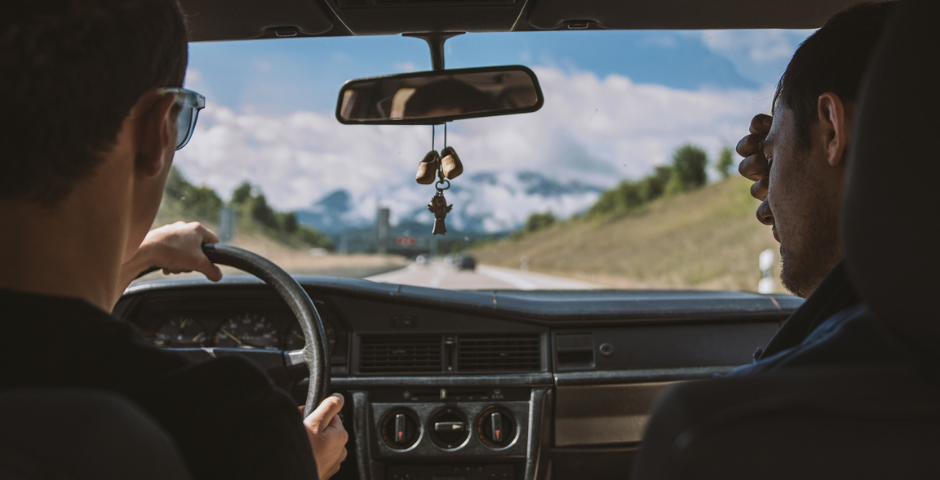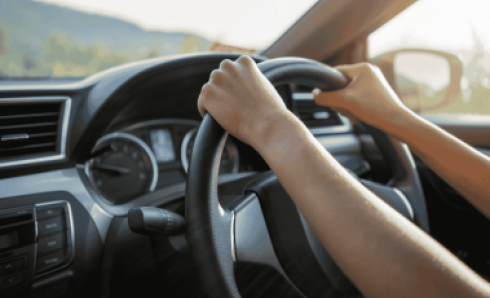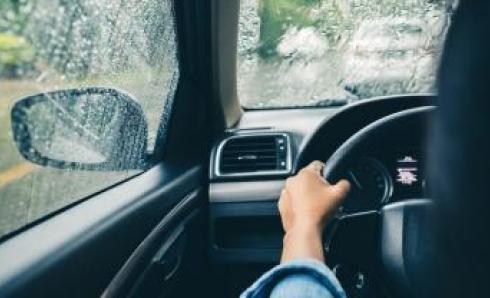The summer holidays are almost upon us and for many, that means packing up the car - with luggage, children, maybe even a dog - and heading for that vast wilderness outside of Ireland that we collectively refer to as ‘abroad’.
Driving abroad is one of those things that we tend to build up too much in our heads. Thousands of ‘what ifs’ flood our brain - none of them positive - and before you know it we’re approaching it in much the same way soldiers must have felt before landing on the beaches of Normandy.
But like many things, the anticipated fear of driving abroad is almost always a whole lot worse than the real thing, and with our seven handy tips here, you can put your mind at ease and look forward to the holiday ahead.
1. Plan your route in advance and get a paper map
One of the biggest fears about driving abroad is getting lost. The idea of having to pull into a ramshackle village high in the Portuguese hills and trying to ask for directions doesn’t appeal to many.
Fortunately, with sat navs, Google maps and other navigational tools, it’s pretty difficult to get lost while travelling anywhere in Europe - that is until you come to those alarmingly small roads that your AirBnB may or may not be down at the end of.
Before leaving, it’s worth planning out your route first and even downloading the offline map to your phone so you can use it even when the internet signal vanishes. Also, make sure you have a paper map - yes one of those old-fashioned ones. If your phone runs out of battery or signals suddenly disappear, paper maps can often save the day.
2. Is your car serviced?
Another major fear concerns the dreaded nightmare of breaking down aboard and then having to deal with tow trucks and mechanics in a foreign language.
There’s not a lot you can do about bad luck. If something happens while you’re abroad that’s out of your control, well, that’s life. However, if you’ve left Ireland and your car is sputtering like an old man who’s smoked all his life, you're asking for trouble.
Before you leave the safe confines of the Emerald Isle, it’s imperative that you get your car serviced, and then check things like wiper blades, indicator lights, brake lights, tyres, oil and water just before departure.
Before you set off, it may be useful to have a local breakdown assistance phone number to hand while driving abroad.
3. Check the laws and rules of the country you are visiting
It can be easy to assume that driving is driving, whether you’re in Ireland, Spain or Croatia, but in fact, driving laws around the world vary quite dramatically.
In France, for example, drivers must carry a high-visibility vest and an unused breathalyser kit in their vehicles, along with other items that most Europeans would never even think to have in their cars.
In Vienna and various other cities and towns across Europe, it's illegal to use your car horn, while in Finland, where the horn is seen for emergency use only, using it inappropriately could see you hit with a fine.
In Germany, it’s against the law to run out of fuel or pass on the right on the autobahn, while in Norway, you must keep your headlights on 24 hours a day, even in summer.
Most European nations recommend carrying a spare bulb kit which will allow you to change your headlamps in the event of a problem and in several countries, including Spain and France, you must carry this spare bulb kit by law.
4. Check your insurance policy
If your Car Insurance policy is with 123.ie, you will have the minimum level of coverage to drive in all EU countries. If you notify us before you travel we can provide full cover for 30 days free of charge. Talk to our customer care team if you are travelling for more than 30 days but more information on driving abroad can be found here.
If your insurance isn't with 123.ie, make sure to check your insurance policy or contact the provider to see if you are covered for driving abroad and if so, how much coverage you have.
5. Don’t Dazzle
When driving on European roads, motorists must use headlamp converters by law. This is because vehicles travel on the right-hand side - the opposite side of the road to Ireland and the UK - meaning motorists could dazzle oncoming traffic with headlights designed for Irish and British roads.
Fitting headlamp converters will reposition the angle of your beam, ensuring the safety of other road users and giving you the right visibility of the road ahead. They can be purchased before you go for as little as €9.99 and it’s certainly not uncommon for the police to pull over those not using them.
6. Watch your speed
Most places you are travelling will have speed limits and it’s not uncommon for ‘on the spot’ fines to be handed out by local police officers.
On the Autobahn in Germany, there are large stretches that have no speed limit, allowing drivers to decide for themselves how fast to drive. Although there are no speed restrictions on parts, 130kph is recommended and the police still keep a careful watch out for dangerous drivers.
Driving on the Autobahn is an exhilarating experience, but keep an eye on the signs as you could quickly enter a section which has a speed limit.
7. Stay slow until you get your bearings
It doesn’t matter how confident you normally feel driving in Ireland, using your car in a foreign country, especially one that requires you to drive on the opposite side of the road that you’re used to, can be unnerving.
It’s always a good idea to take things easy when you first begin. There’s no need to screech into that fast lane as quickly as you can, and an hour of getting your bearings can really settle any existing nerves.
Another factor to bear in mind is that driving practices in foreign countries are sometimes very different to what you might be used to in Ireland. Drivers in Italy, for example, have a habit of driving like they’re in a Ferrari going around the famous Monza circuit, even if they’re in a Fiat 500 going through the streets of Milan.
Fast, and at times erratic driving can be daunting to be around, but it’s important to continue to drive in your own way and not get involved in anything you aren’t comfortable with.





